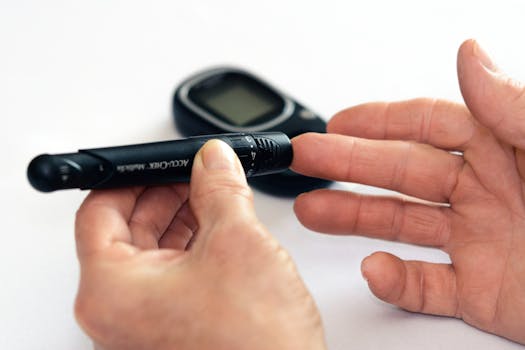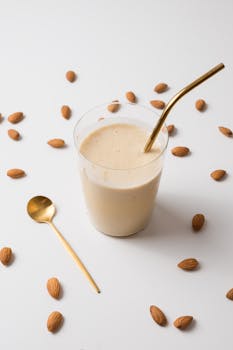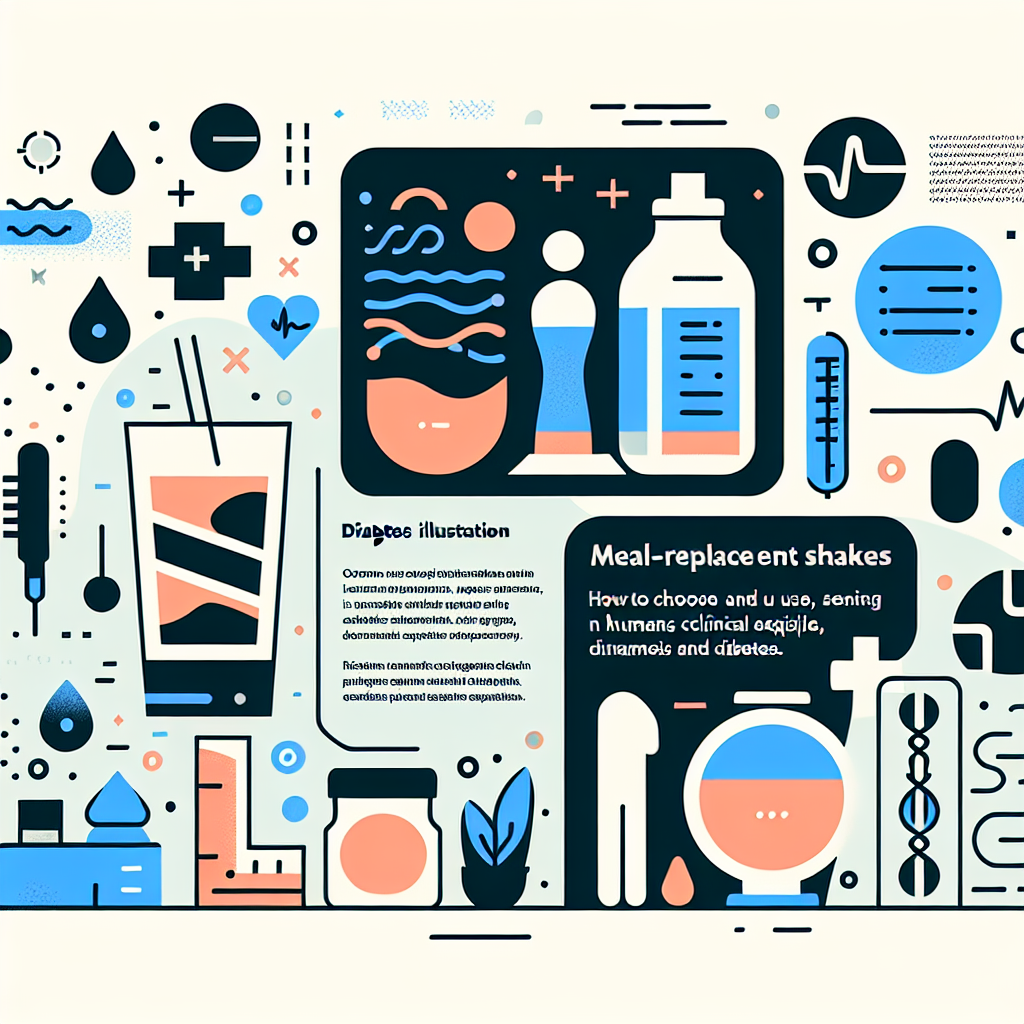If you’re curious about a simple eating rhythm that supports weight management and metabolic health, a 16 8 intermittent fasting meal plan can be a practical starting point. This approach narrows your day to an eight-hour eating window and a 16-hour fast, making meal timing easy to follow while still allowing three satisfying meals or two meals with snacks. Below is a realistic guide to building an intermittent fasting menu, sample meal ideas, and tips for tracking progress like 4 week 16 8 fasting results.
16/8 intermittent fasting meal plan: timing and structure
The basic schedule is flexible: common windows include 12pm–8pm or 10am–6pm. Your intermittent fasting menu can be adjusted to suit work, family, or exercise times. Aim for balanced meals with protein, healthy fats, fiber-rich vegetables, and whole grains. A 7 day meal plan for intermittent fasting might rotate through the following pattern: protein-forward lunches, lighter afternoon snacks, and nutrient-dense dinners. If you prefer two meals, make them larger and include a post-meal vegetable or small snack as needed.
Sample 7 day meal plan for intermittent fasting
Below is a simple starter plan for one week that you can customize. These fasting meals emphasize satiety and micronutrients.
- Day 1: Lunch—grilled salmon, quinoa, roasted broccoli; Snack—Greek yogurt with berries; Dinner—stir-fried tofu with mixed vegetables.
- Day 2: Lunch—turkey and avocado salad; Snack—handful of nuts; Dinner—baked chicken, sweet potato, steamed asparagus.
- Day 3: Lunch—lentil soup with spinach; Snack—apple with almond butter; Dinner—shrimp and vegetable rice bowl.
- Day 4: Lunch—chickpea salad with olive oil dressing; Snack—cottage cheese and cucumber; Dinner—beef and vegetable kabobs with brown rice.
- Day 5: Lunch—omelet with mushrooms and tomatoes; Snack—carrot sticks and hummus; Dinner—grilled fish tacos with cabbage slaw.
- Day 6: Lunch—quinoa and black bean bowl; Snack—edamame; Dinner—pasta with marinara and turkey meatballs, side salad.
- Day 7: Lunch—Greek salad with feta and olives; Snack—pear and walnuts; Dinner—vegetable curry with lentils and basmati rice.
Foods to eat and foods to avoid while intermittent fasting
Knowing which foods to include and which to limit simplifies meal planning. Foods to eat while intermittent fasting are lean proteins, whole grains, legumes, healthy fats (olive oil, avocados, nuts), and non-starchy vegetables. These choices help sustain energy in your eating window and support an intermittent fasting diet chart for weight loss when paired with portion control. Foods to avoid while intermittent fasting include sugary drinks, refined carbs, fast food, and large servings of alcohol—these can spike hunger and blunt progress.
Fasting meals and variations for specific needs
Fasting meals don’t need to be elaborate. For convenience, assemble meals with a protein source, a fiber-rich vegetable, and a healthy fat. If you’re tracking 4 week 16 8 fasting results, expect the most consistent changes in appetite regulation, slight weight loss, and sometimes improved glucose markers when combined with a whole-foods diet and regular activity. Women over 50 may need calorie and protein adjustments—look for an intermittent fasting for women over 50 meal plan that emphasizes bone-supporting nutrients and lean protein to preserve muscle mass.
For more context on the science and historical perspectives of intermittent fasting, see this external overview on intermittent fasting from Wikipedia: intermittent fasting overview.
How to track progress and build an intermittent fasting menu long-term
Keep simple metrics: how you feel, energy levels, sleep, and steady weight or body composition trends. An intermittent fasting meal plan paired with an intermittent fasting diet chart for weight loss can be recorded in a weekly log—note meals, portion sizes, and physical activity. If you experiment with extended fasting or different windows, read safety guidance; our walkthrough on extended fast safety offers context for longer fasts and is a helpful internal resource: guidance on extended fasts and safety.
- Takeaways: choose nutrient-dense fasting meals, keep hydration high, and personalize your window to your lifestyle.
- Takeaways:
- A 16 8 intermittent fasting meal plan focuses on an 8-hour eating window—pick times you can consistently keep.
- Prioritize proteins, vegetables, whole grains, and healthy fats; avoid sugary or highly processed foods.
- Track short-term results over 4 week 16 8 fasting results and adjust calories or macros as needed.
Q: Will I lose weight on a 16 8 intermittent fasting meal plan?
A: Weight loss depends on total calories and food quality. Many people find 16/8 helps reduce snacking and total intake, but combining it with whole-food choices and portion control is key for an intermittent fasting diet chart for weight loss to be effective.
Q: Can older adults follow intermittent fasting safely?
A: Yes, but modifications may be helpful. Intermittent fasting for women over 50 meal plan ideas often emphasize adequate protein, calcium, vitamin D, and steady energy across the eating window. Consult a healthcare provider if you have chronic conditions.
Q: What should I avoid while fasting?
A: During fasting windows, avoid caloric beverages and snacks. Foods to avoid while intermittent fasting include sugary drinks, pastries, and large portions of refined carbs that can trigger hunger and disrupt progress.






